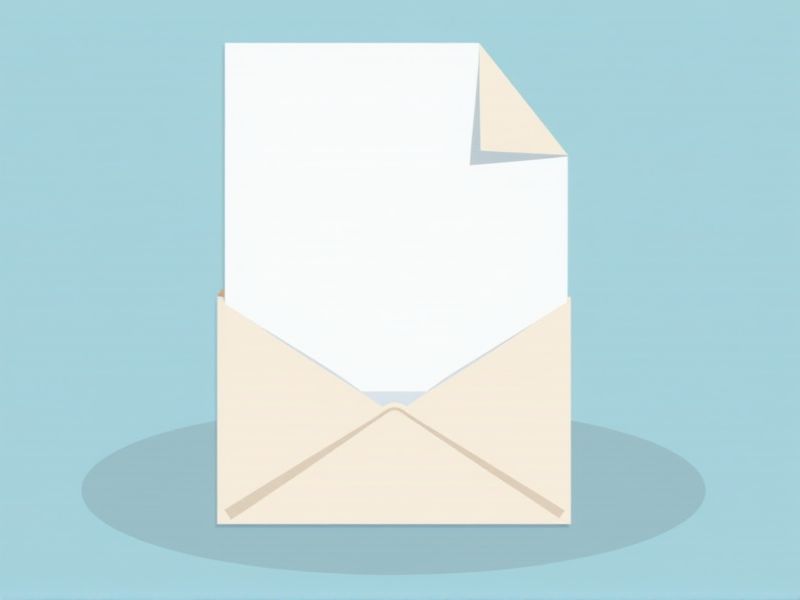
When writing an emailed letter, it's important to maintain a professional and clear format to ensure your message is effectively communicated. Start with a polite greeting, followed by a concise introduction stating the purpose of your email. Use short paragraphs and bullet points if necessary to enhance readability. Conclude with a courteous closing and your full name, along with any relevant contact information. For your convenience, this article offers various email letter templates to help you craft the perfect message.
Samples of letter format for emailed letter
Professional Email Letter Format
Formal Letter Format For Email
Business Email Letter Example
Email Letter Format For Job Application
Complaint Letter Format For Email
Thank You Email Letter Structure
Email Letter Format For Resignation
Inquiry Letter Format For Email
Email Letter Format For Cover Letter
Official Letter Format For Email Correspondence
Email Letter Format For Request
Friendly Email Letter Layout
Email Format For Recommendation Letter
Email Letter Format For Proposal
Personal Email Letter Format
Email Letter Format For Introduction
Email Letter Format For Follow-Up
Email Letter Structure For Meeting Request
Email Letter Format For Apology
Email Letter Format For Confirmation
Important Things to Know when Writing Letter Format For Emailed Letter
Use A Clear And Relevant Subject Line
A clear and relevant subject line is crucial for email communication, as it sets the tone and context for your message. It should succinctly convey the main idea or purpose of your email, making it easier for recipients to prioritize and organize their inboxes. Including specific details, such as the reason for your correspondence or any relevant dates, can enhance clarity and prompt timely responses. By crafting an effective subject line, you increase the likelihood that your email will be opened and read promptly.
Include A Professional Greeting
A professional greeting sets the tone for your emailed letter and establishes a respectful connection with the recipient. Use a formal salutation such as "Dear [Recipient's Name]" followed by a comma or a colon. It's essential to ensure that you spell the recipient's name correctly and title appropriately, especially in formal correspondences. A well-crafted greeting not only reflects your professionalism but also invites the reader to engage with your message.
Keep The Body Concise And Well-Structured
An effective email letter should maintain a concise and well-structured body that clearly communicates your main points without unnecessary elaboration. Start with a polite greeting and introduce the purpose of your message in the opening lines to engage the recipient right away. Organize your content into short paragraphs or bullet points to enhance readability and facilitate quick comprehension. Remember, a clear and direct approach not only respects the recipient's time but also enhances the professionalism of your correspondence.
Use A Formal Closing With Your Full Name And Contact Info
When sending a formal email letter, it is crucial to include a formal closing to convey professionalism. Always sign off with your full name, ensuring the recipient knows exactly who you are. Including your contact information, such as your phone number or email address, allows for easy follow-up and communication. This structured approach not only reflects your attention to detail but also establishes a clear channel for potential responses.
Proofread For Grammar And Tone Before Sending
Proofreading your emailed letter for grammar and tone is crucial to ensure clear communication and professionalism. Attention to detail in spelling, punctuation, and word choice helps convey your message effectively and builds credibility with the recipient. A well-crafted tone, whether formal or friendly, sets the right atmosphere for your correspondence. Take a moment to review your message before hitting send; it reflects your thoughtfulness and commitment to quality.
